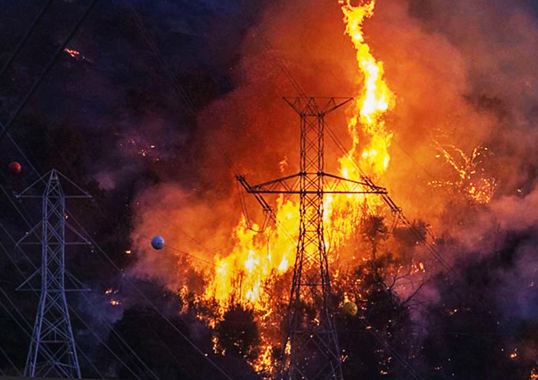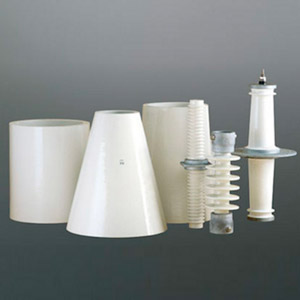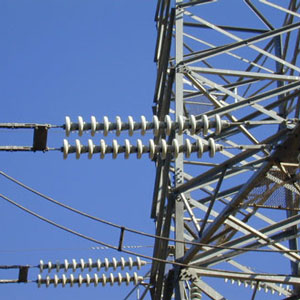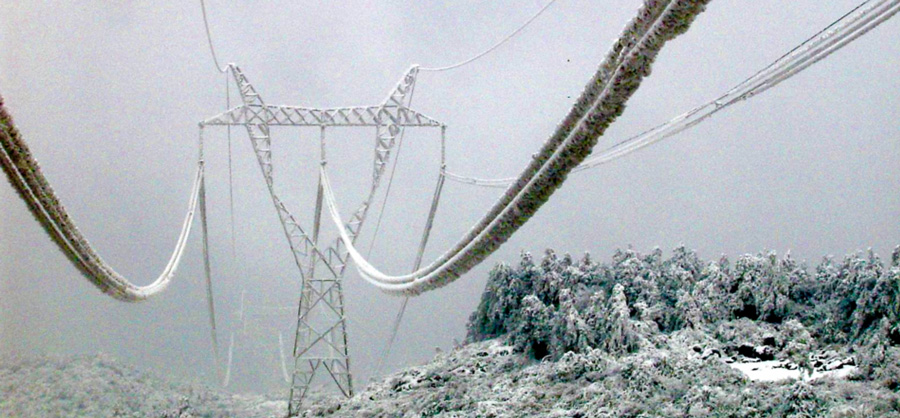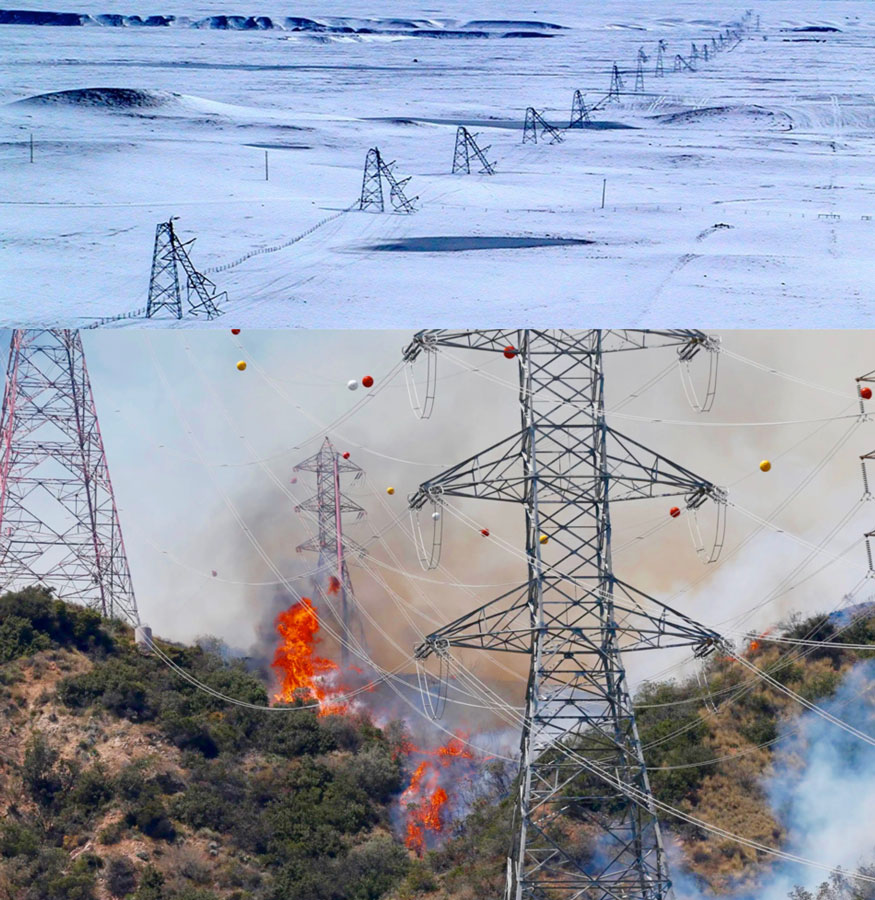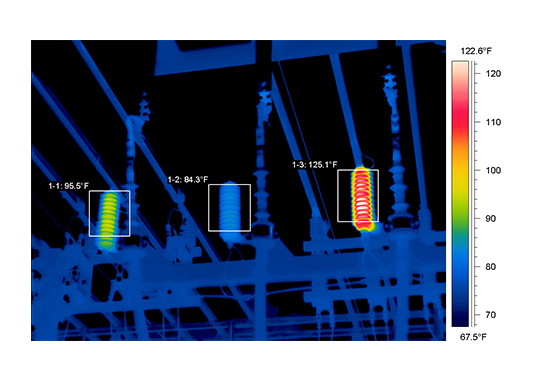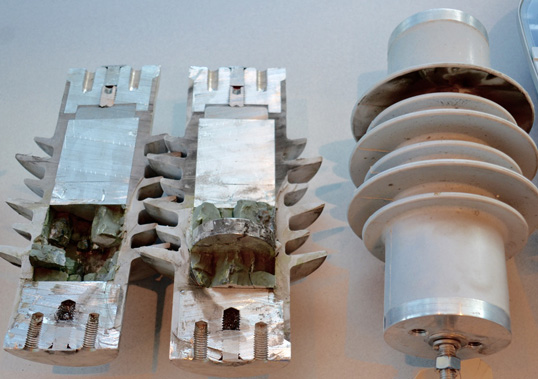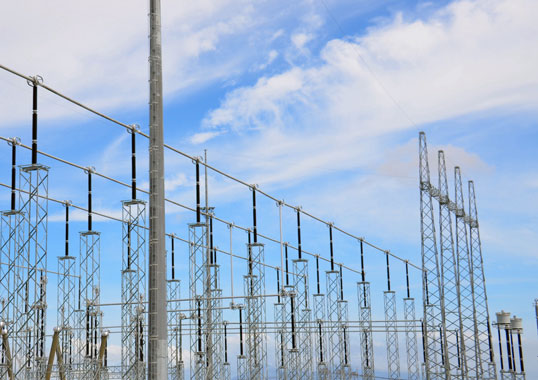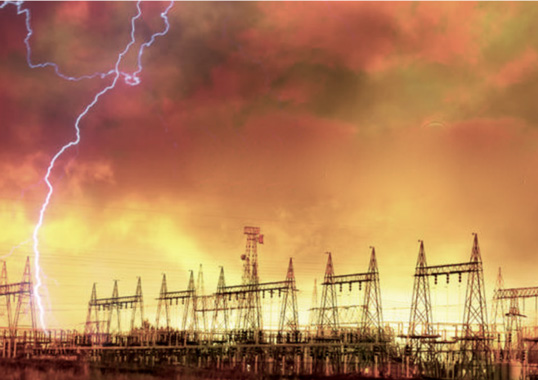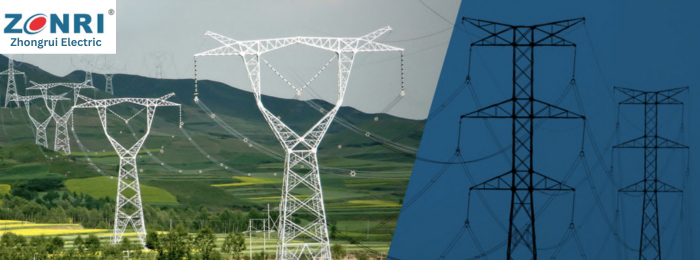The past three decades years have seen different tendencies when it comes to R&D for electrical power systems. During the 1980s and 1990s, for example, attention was focused on product innovation. Examples of this are development of composite insulator and zinc oxide arrester technologies. Another distinct phase, starting around 2000, was marked by development of UHV transmission.
Most recently, as discussed in this edited past contribution to INMR by Alberto Pigini, a new phase is marked by technical as well as environmental optimization. In this regard, there is widespread effort to make systems more ‘intelligent’ and in the process also improve reliability through increasingly detailed and accurate information.
Data on weather and climate patterns have emerged as critical not only to plan and optimize generation and revenues of conventional and renewable sources but to also assure system reliability as well as safety of personnel. For example, severe weather events are the most common cause of outages and, in cases such as live line maintenance, can also create safety risks. Moreover, line and substation insulators are among the components most affected by weather extremes due to their combined electrical and mechanical functions.
Two distinct aspects have to be considered in regard to weather parameters: the impact on day-to-day operations and long-term trends linked to the climate change crisis.
Current Weather & Short-Term Forecasting
Historically, whenever an electrical utility wanted to predict events such as lightning, managers kept an ‘eye turned to the sky’. Today, with the help of satellite technology and lightning detection systems together with advanced modeling, ‘now-casting’ and even predicting weather for a few days is highly accurate. Such improvements in predicting severe weather such as hurricanes, winter storms and major thunderstorms aid utility management to deploy crews and equipment close to areas where damage is likely to occur, thereby helping restore power as quickly as possible.
Having advance warning of possible lightning activity and other such events also helps utilities protect crews from hazardous working conditions. In addition, accurate location of strokes, together with information on magnitude of related current, helps to better categorize faults due to lightning. Moreover, detailed local information on parameters such as wind, wetting events and temperature can help in better understanding the causes of faults not related to lightning. This then forms the basis for deciding on suitable countermeasures aimed at improving reliability, e.g. by cleaning or otherwise refurbishing insulators.
Climate Change & Power System Design
The design of electrical systems is typically made looking at historic data in order to generate a prediction of likely service stresses on components such as insulators. However, such an approach is now questionable given that considerable climate change is now unavoidable – even if aggressive curbs on greenhouse gas emissions are put in place.
There is still a great deal of uncertainly regarding the nature, magnitude and frequency of extreme weather as climate change unfolds and accelerates. But studies indicate increased frequency and intensity of such events in most places, with obvious potential threat to energy infrastructure. For example, models predict substantial warming in temperature extremes (such as the heat dome and massive wildfires affecting western North America this past summer) increased frequency of heavy precipitation or proportion of total rainfall from heavy falls (such as recent intense flooding in Germany and China) and increased maximum wind speeds from tropical cyclones.
Globally, tens of trillions of dollars will have to be invested in energy systems over the coming decades. Many of these new installations will be exposed to significantly changing weather patterns over their multi-decade lifetimes. Use of present-day and historic weather and seasonal climate data is presently part of everyday risk management by utilities and regulators across the globe. However, given the above, integration of forward-looking information on changing climate when making design and operational decisions has now become far more important.

